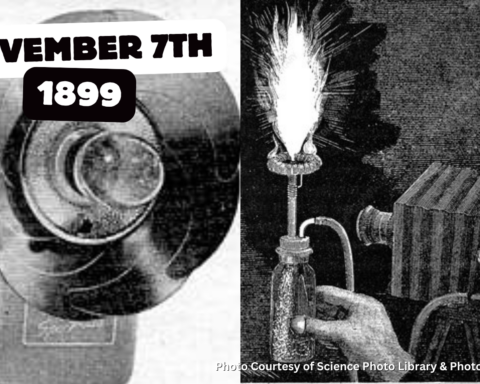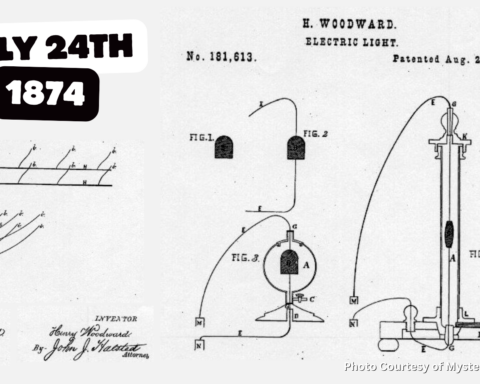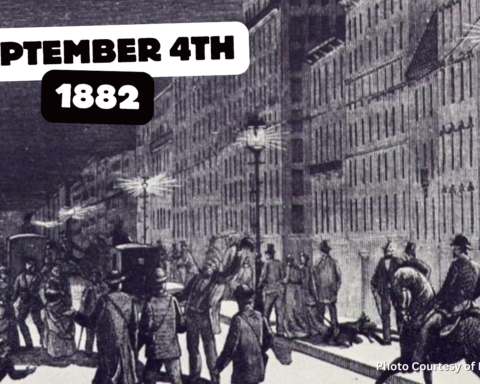In the annals of history, there are pioneers whose contributions transcend boundaries, barriers, and time, leaving a lasting impact on the world. One such luminary is Lewis Latimer, an African-American inventor and engineer who played a pivotal role in shaping the modern world.
In this blog, we delve into the life and accomplishments of Lewis Latimer, shedding light on his remarkable journey and the indelible mark he left on the fields of technology and innovation.
Latimer’s parents were escaped slaves from Virginia when he was born in Chelsea, Massachusetts in 1848. When Lewis was a young boy, his father George was arrested and tried as a slave fugitive. He was defended by Frederick Douglass and William Lloyd Garrison. When the judge ordered his return to Virginia, and hence throwing him back into slavery, the community raised enough money to buy his freedom.
Lewis Latimer grew up in a time when racial discrimination was rampant. Despite the challenges he faced, Latimer displayed an early passion for invention and a keen interest in the world of science.
At the age of 15, Latimer altered his birth certificate and was able to enlist in the UNION Navy. After completion of his military service, he went back to Boston, Massachusetts and got employed as an office boy with Crosby & Gould patent attorneys.
While working at Crosby & Gould, he taught himself mechanical drawing and drafting by observing the work of draftsmen at the firm. A short time later the partners of the firm recognized Latimer’s talent, and he was promoted from office boy to full time draftsman.
In 1879, he moved his family to Bridgeport, Connecticut taking a job with The U.S. Electric Light Company of Bridgeport, owned by Hiram S Maxim. Maxim was a direct competitor of Thomas Edison. He worked as an assistant manager and draftsman. At the same time, he invented a method of making a better, longer lasting carbon filament for the incandescent light, receiving a patent for it in 1881.

In 1884, he was hired by “The Edison Electric Light Company” as an expert draftsman. He was also a key witness in the patent litigation that Edison was involved in. Opportunities were so limited for African Americans that he was the only Black member of the 24-member engineering division.
Six years later in 1890, Latimer published a book “Incandescent Electrical Lighting – A Practical Description of the Edison System”.
Latimer continued working with the company after the name was changed to General Electric in 1892.
By 1911, he had started working as a patent consultant for various law firms and continued until 1922.
Lewis Howard Latimer died on December 11, 1928, in Flushing, Queens, New York.

Latimer’s genius was in his ability to bring practical solutions to complex problems. He made significant contributions to the field of electrical engineering, working alongside luminaries like Thomas Edison and Alexander Graham Bell.
Lewis Latimer’s contributions to the fields of technology and innovation continue to shape our modern world. His inventions and advancements in electrical engineering laid the foundation for the widespread use of electric lighting. Moreover, his advocacy for equality and recognition opened doors for countless inventors and innovators from underrepresented communities.
Lewis Latimer, an extraordinary inventor, engineer, and advocate, left an indelible mark on the world through his innovations and advocacy efforts. As we celebrate the achievements of inventors and pioneers, let us not forget the lasting impact of trailblazers like Lewis Latimer, whose brilliance and perseverance continue to inspire generations to come.
Featured Image Courtesy of The Hype Magazine.





